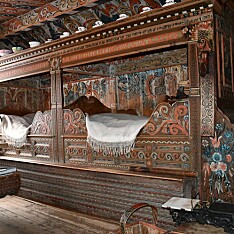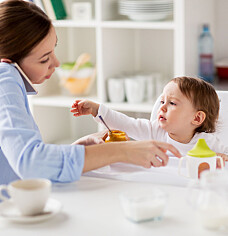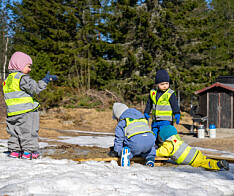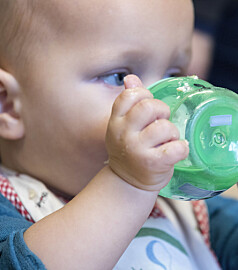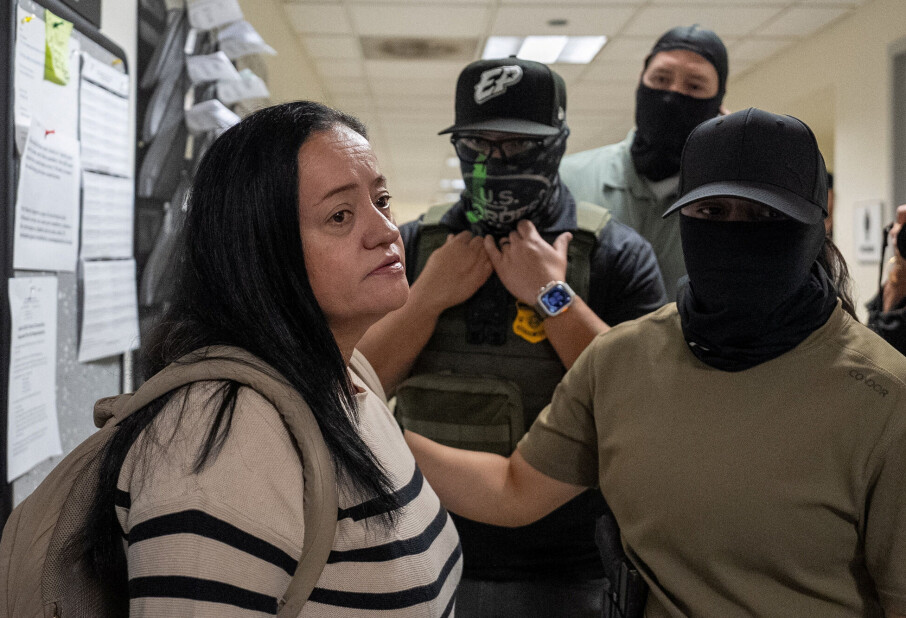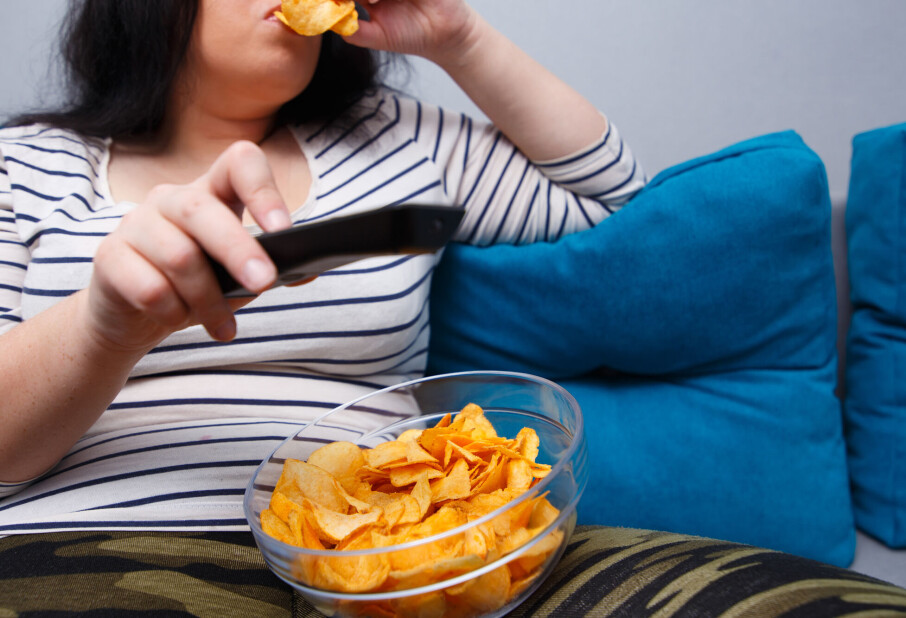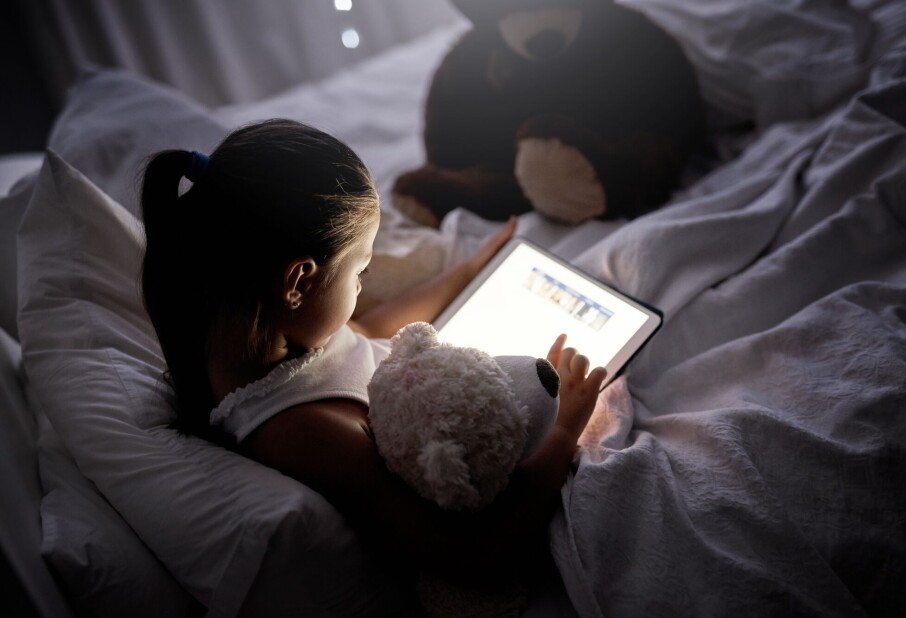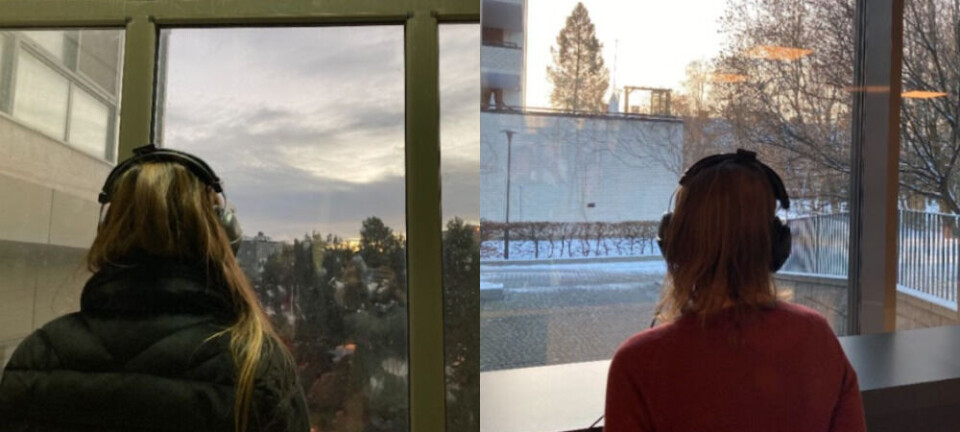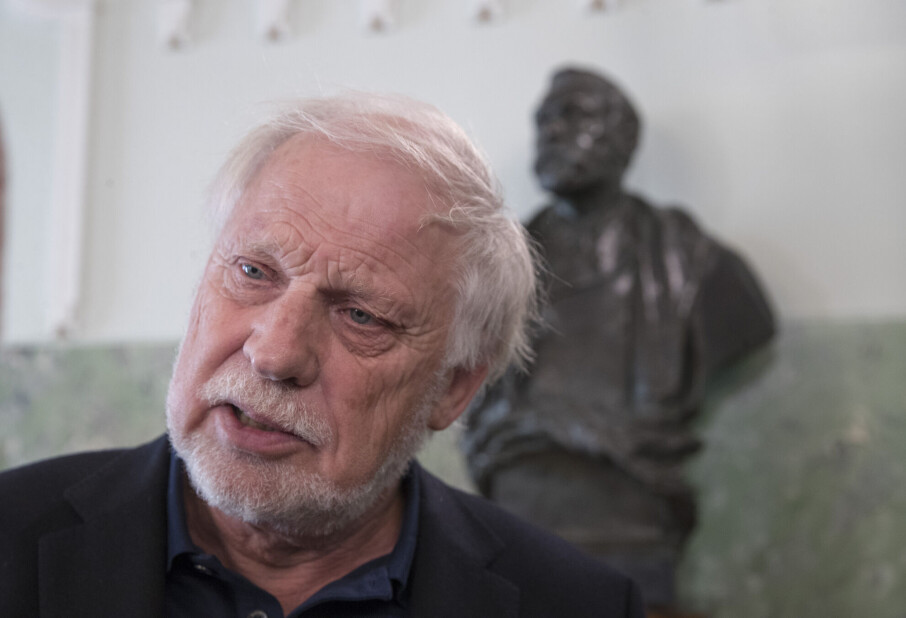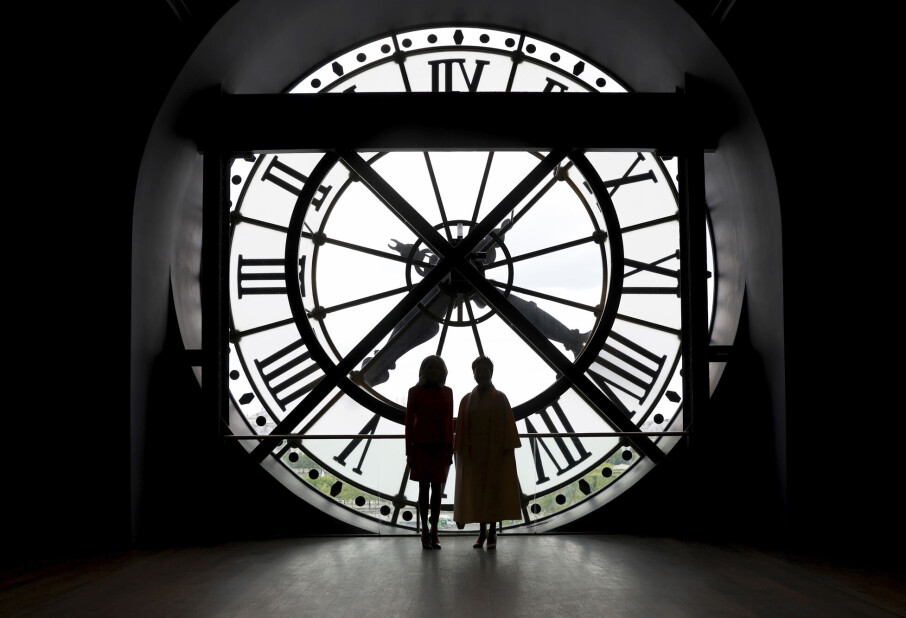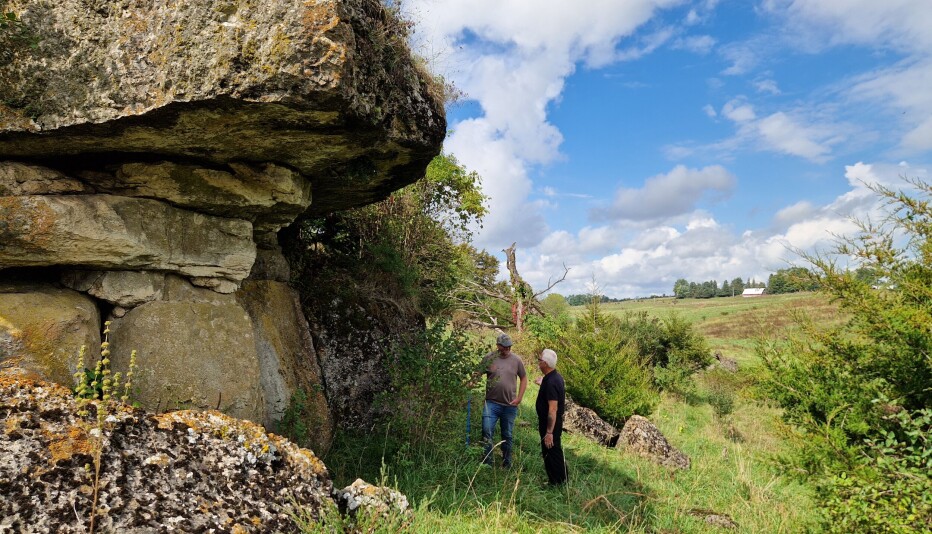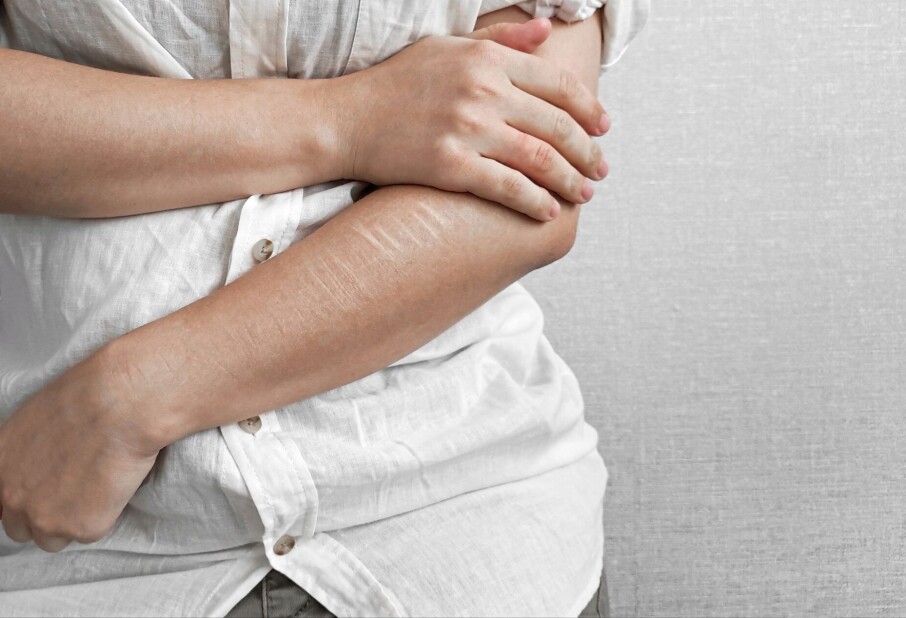
Should the baby sleep in its own bed or co-sleep with the parents – and why is this such a controversial issue?
What is the best way to put the youngest children to bed? A new Norwegian sleep app aims to help parents get their children to fall asleep on their own.
Sleep is a central topic in life with a new baby. Many parents struggle to get their baby to fall asleep and to sleep for long periods. Parents themselves are notoriously sleep deprived.
‘This is my trick: Let the child fall asleep while nursing, and enjoy sleep in symbiosis with your child. Make your bed bigger and optimize the conditions for co-sleeping,’ Tonje Jacobsen-Loraas recently wrote in an opinion piece in the online psychology magazine Psykologisk.no (link in Norwegian).
Jacobsen-Loraas is a social anthropologist and gestalt therapist from Nesodden who is active in the debate about methods for putting your child to bed. And she is critical of a new program from the Norwegian Regional Centre for Child and Adolescent Mental Health East and South (RBUP). The program will be launched in March 2023.
The Sleep well app
RBUP has spent two years developing the new program. It is for children aged 6 to 36 months and is meant to be used in collaboration with the health centre and other agencies that are in contact with new parents.
The parents get an app called ‘Sov godt (Sleep well)’. First, health care staff survey the situation at home. The parents record their child's sleep in the app. There they can also read about sleep needs and sleep difficulties in the youngest children.
They are then offered a sleep plan, which they consider together with a health nurse. The plan is adapted to the parents’ starting point and wishes.
“The parents have to be in the driver's seat. They have to do what feels right and whatever makes them comfortable, which the app and guidance will contribute to. A method is no better than what the parents are able to implement,” said Filip Drozd, one of the researchers from RBUP who developed the program.
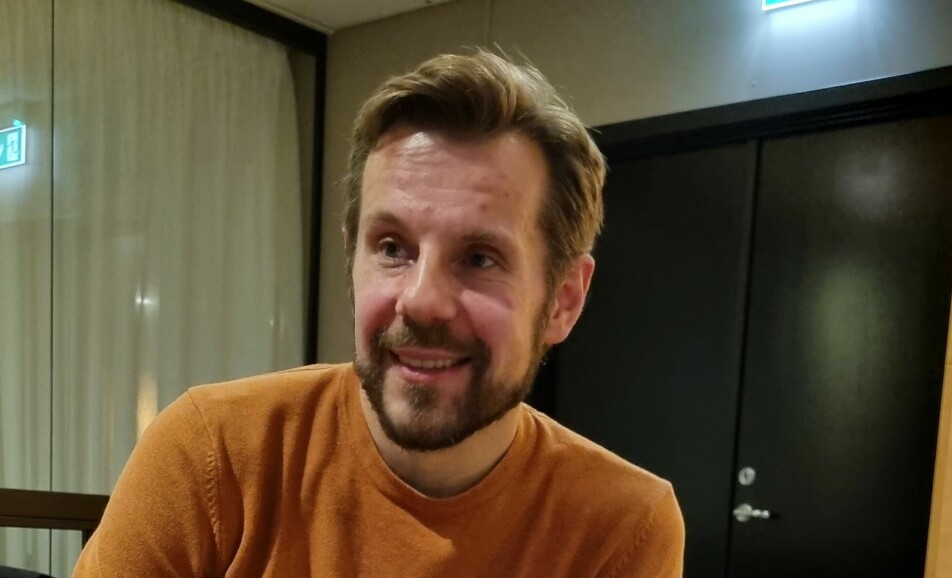
Sleep training works
Sleep problems during the child's first year are one of the main reasons why parents seek help, according to an article in Sykepleien, a journal owned by the Norwegian Nurses Association. Twenty-five per cent of all children between the ages of zero and five have sleep difficulties. These include problems with falling asleep, how long and well the child sleeps and difficulties the following day.
Drodz and his colleagues have summarized the last 40 years of research on sleep and infants. In the 1980s, sleep training methods began to appear for children from six months and upwards.
“They still work,” he said to sciencenorway.no.
One of these methods is called the Ferber method, after the American doctor and researcher Richard Ferber, who developed it.
Ferber's method involves helping the baby fall asleep on its own over the course of just a few days. The parents check on the child at regular and ever-increasing intervals —without taking them out of bed.
The method is also known as the cry it out method, controlled crying or the extinction method.
Gradually less help
You may have seen a horror version of the cry it out method in movies and TV series, where distraught parents sit outside their children's room while they check the clock to find out when they can next go in. The child is howling alone in the room.
The Norwegian health service recommends a flexible variant of Ferber's method. It says you should go from nursing the new baby to sleep, to rocking it to sleep, to holding a hand on its chest. The parents gradually have to help their baby less when they put it down for the night. If the child protests and cries, the parents can go in, but shouldn’t pick up or disturb the child. The child has to find its own way to fall asleep.
Tonje Jacobsen-Loraas is very sceptical of what she calls cry cures.
“The health centres and sleep experts must remember that parents listen to the advice they receive. There are many parents who have cried their way through Ferber's method. It’s terrible, both for the parents and the child,” she said to sciencenorway.no.
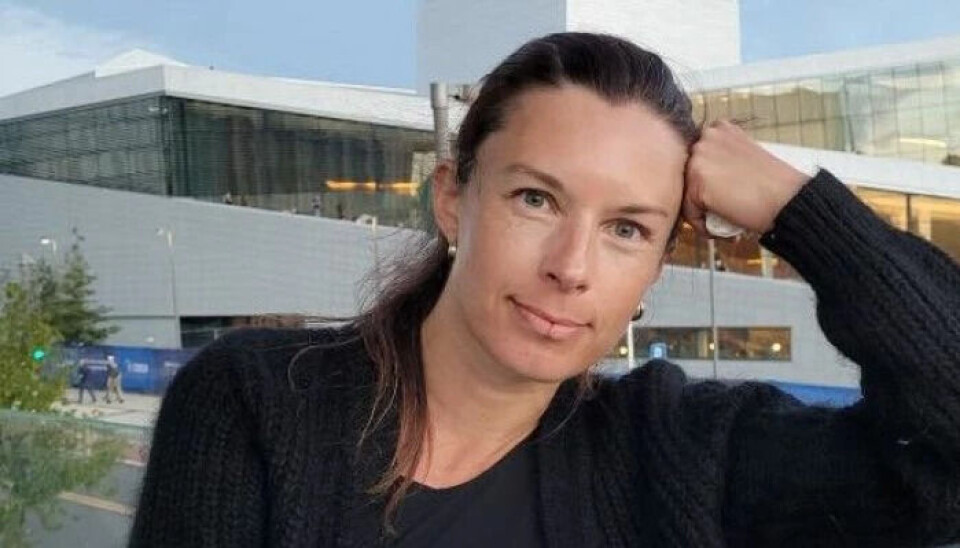
Incredible that it’s not thought to be harmful to cry yourself to sleep
“I am very sceptical to babies learning that they don’t get a response when they cry and I find it quite incredible that some researchers claim that it is not harmful to cry yourself to sleep. There is no research that can establish this with certainty,” Jacobsen-Loraas said to sciencenorway.no.
Hege Pettersen Sandtrø is a special advisor at RBUP and has also helped develop the new program. They call the method sleep training.
“The name better reflects what the purpose is. It's about what parents have to do to let the child get used to finding a way to fall asleep on its own,” Sandtrø said.
Sandtrø agrees that the basic message is the same as with Ferber: that the baby should learn to fall asleep on its own.
“But there are many different ways to reach this goal,” she said.
Meeting parents' needs and wishes
“Previously, people were very rigid and strict when they practiced this method. Now the approach is more flexible and responsive to parents' needs and wishes. We have created a less strict version of Ferber with the same effect,” Sandtrø said.
The discussions run deep about baby sleep on online forums and in maternity groups. Many people have strong opinions about what is good or not for small babies. Filip Drozd at RBUP doesn't think this is strange.
“Questions about what is right to do are very closely linked to fundamental questions. It's about identity. Who am I as a mother or father? First-time parents in particular experience major upheavals. They have to learn to know the child and learn to know themselves as parents,” Drozd said.
He described a new study that concludes that co-sleeping is linked to more night waking and more conflicts around bedtime.
This new study may be criticized by those who promote co-sleeping, and it may confuse parents, Drozd believes.
Need for body contact
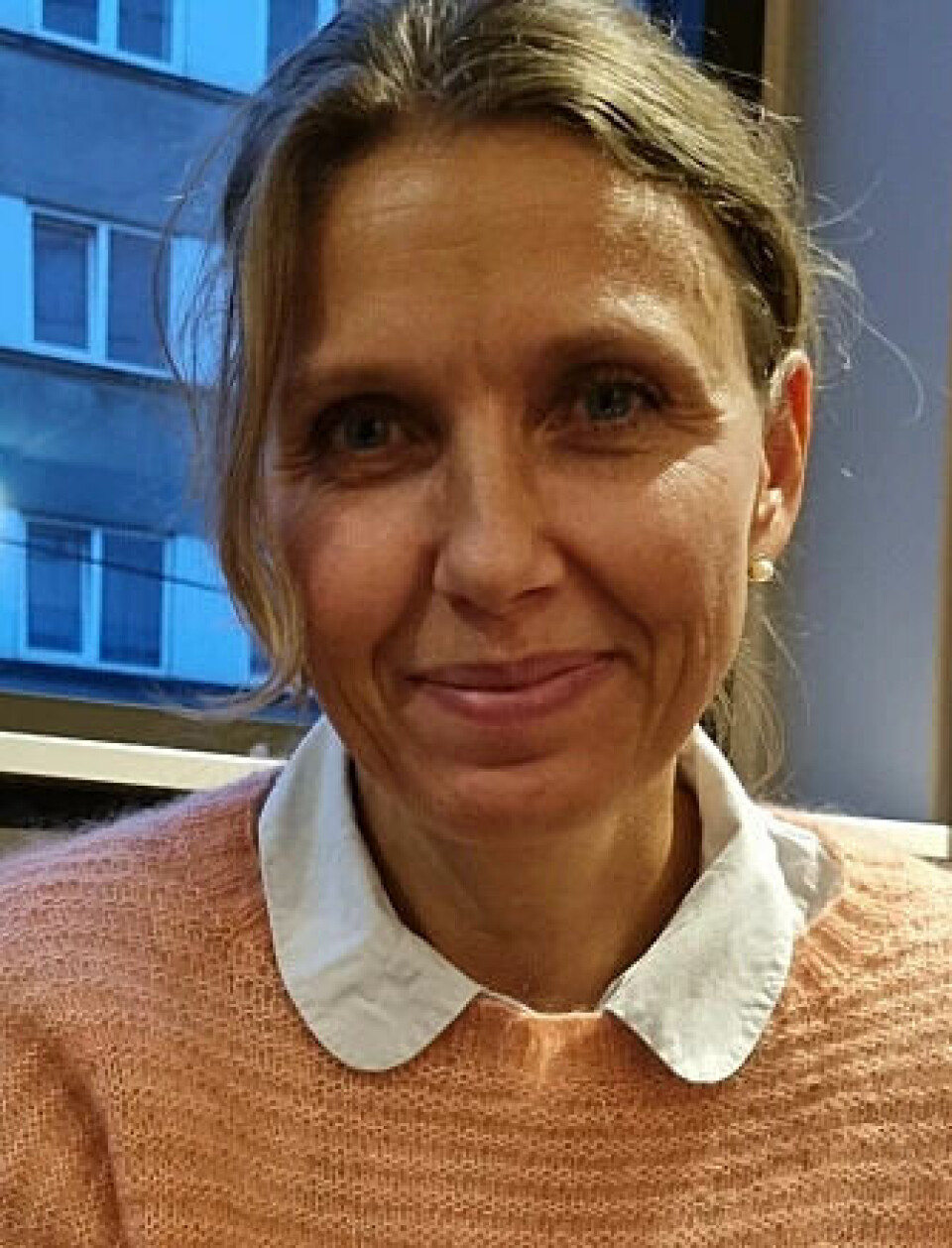
Tonje Jacobsen-Loraas worries that people, especially in the Western world, cultivate an ideal that children should sleep alone.
She refers to research on children's innate need for continuous body contact. She herself nursed all four of her children to sleep and co-slept with them.
“I don't believe it’s ideal that children try to find peace alone in a dark room. That's not how children become independent,” Jacobsen-Loraas said.
For some children, co-sleeping with their parents is the better option, she believes. It makes it easier for the child to fall asleep, and it enables the parents to respond quickly to the child's signals.
“I feel get very sceptical when researchers with a lot of power tell vulnerable parents of young children that having the baby in its own bed is the best way to do things. Especially because most people end up sleeping in the same bed in practice,” she said.
The fact that children constantly wander over to their parents' bed at night shows how important closeness is to them, Jacobsen-Loraas believes.
To co-sleep or not to co-sleep
“And then the parents lie there and think that now I'm doing something I shouldn't be doing. But co-sleeping is the best option for many parents, when it is done according to the advice for safe co-sleeping. And it is common in the rest of the world. Our way is the exception,” Jacobsen-Loraas said.
The quality of sleep when co-sleeping can deteriorate because children and parents disturb each other, wake up more and sleep less well, the RBUP’s Drozd said.
Some people worry that they might roll over on their baby.
“But if co-sleeping works, and you don't feel that you and the child have problems because of it, then let's not make a problem out of it either, as long as you follow the precautions for safe and proper co-sleeping,” Drozd said.
“There may still be a risk of poorer sleep in the long term, but it may well be that you are one of the lucky ones for whom the predictions never come true. You can't know that in advance,” Drozd said.
Closeness important
People who debate the topic and people who work with baby sleep agree on the most important things: that sleep is important, that closeness is important, that the parents should be in control of the situation and that it is important to understand the babies' needs.
But they emphasize different things and point to different studies. Attachment theory is often put forward by those who are sceptical of sleep training.
This is a theory first launched in 1958 by John Bowlby, a British child psychiatrist and psychoanalyst. Attachment theory is about how emotional bonds are formed between children and their carers. In short, when the parents provide care and comfort, and respond in line with the child's needs, the child will develop a secure attachment to them.
Independence begins with security, Jacobsen-Loraas said, in support of attachment theory.
“In the children's first and second years of life, we should adapt to their needs, and not the other way around,” she said.
“Experts advise parents not to rock their baby to sleep, but parents have rocked children to sleep since the dawn of time. It is the most beautiful thing you can do with children,” she said.
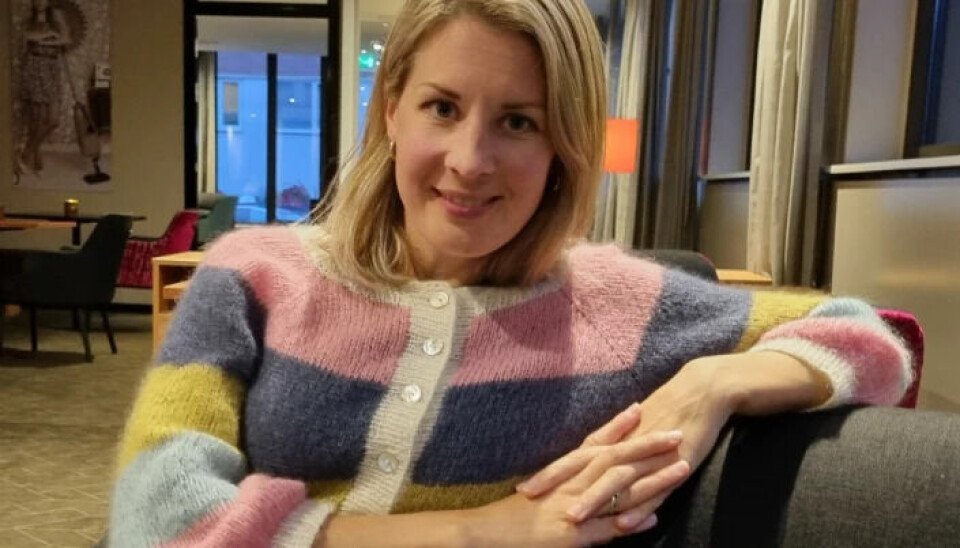
Not criticizing other methods
Turid Skjerve Leksbø is a psychologist and special adviser at the Regional Centre for Children and Young People's Mental Health East and South (RBUP).
She wants to be clear that the RBUP recommendations shouldn’t be seen as a criticism of other ways of putting children to bed.
“We are not saying that you have a problem if you co-sleep with the baby. But if you find that co-sleeping with the baby is a problem or that you have to get up ten times a night to breastfeed, then we welcome you. We can look at the situation together with you and find the right way to do things for you and your child,” Leksbø said.
This isn’t in support for or against attachment theory, she said.
“It's more about how attachment theory is applied. Being at the child's side as soon as it stirs is not the only way to be close to the child. We think the best way is to wait a bit. We are not talking about hours, but rather seconds,” Leksbø said.
The RBUP app provides parents with professional help. It is a new approach to an age-old theme, according to the researchers.
“There are other self-help programs out there, but our scheme includes guidance from healthcare professionals. We don't know of anyone else, either in Norway or internationally, who has developed something similar,” Drozd said.
Don't knock it till you try it
“Parents say they have tried everything, but not everyone has tried to put the child down awake and then leave the bedroom,” Drozd said.
Many parents and health nurses resist putting the child to bed and then leaving the child alone. They are unsure whether it is good for the child, according to the researcher.
“Some people are surprised when it becomes quiet. Because not all children react by crying and becoming agitated,” Drozd said.
The method involves the child sleeping in its own bed in its own room. Parents should not respond immediately if the child is restless or crying. They must wait out the situation, whether they are present in the room or have left it.
How long they have to wait depends on how the child reacts and what the parents want. If the child is calm, they do not need to go into the room at all, because it can disturb the child.
“The first two evenings are often the most difficult. Then the baby often calms down the following evenings,” Drozd said
The problem usually resolves in three to five nights. It's about letting go, Leksbø said.
Everyone uses research
All sides of this debate rely on research.
“We use studies that summarizes the overall research in the field of sleep. You cannot base practice on one study, one professional or one professional environment. Often individual studies are highlighted, and some of these have unfortunately done more harm than good,” RBUP’s Drozd said.
Tonje Jacobsen-Loraas also believes there are several ways to put babies to sleep.
She stresses that she doesn’t think it’s wrong if some parents choose to put the child in its own bed and close the door, if this results in the child sleeping well through the night.
“Everyone has to find out what works for them. We shouldn't be dogmatic about this,” Jacobsen-Loraas said.
But she is critical of parents being given standardized methods for putting their child to bed and sleeping.
“Methods can become very instrumental and get in the way of the child who is lying there and trying to signal something about its needs, ” Jacobsen-Loraas said.
“But isn't co-sleeping and breastfeeding also a method?”
“Yes, you can say that, but I would rather call it a lifestyle, based on needs which for most people are very basic, especially in the first year after birth,” she said.
Translated by Nancy Bazilchuk
———
Read the Norwegian version of this article at forskning.no








